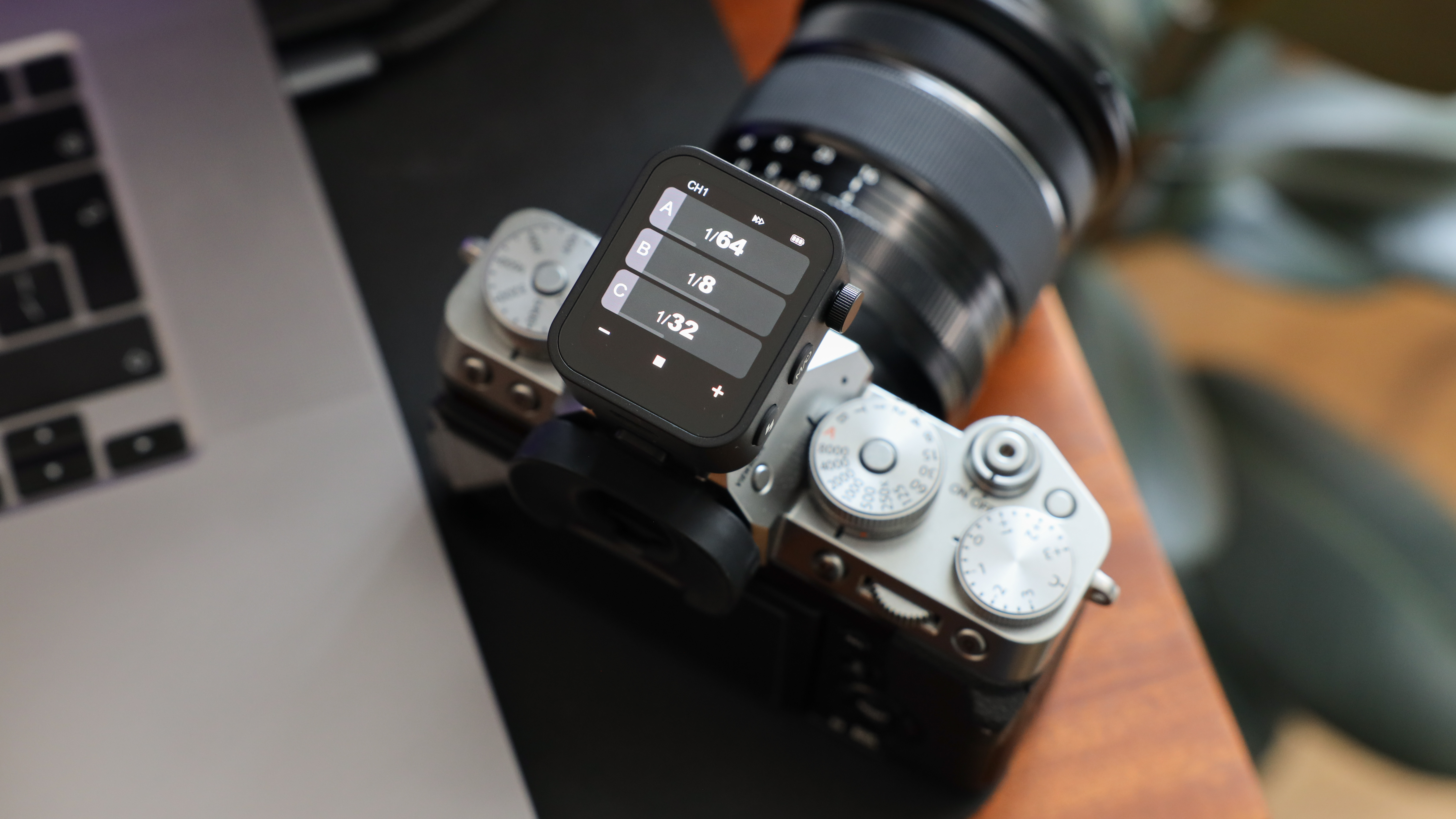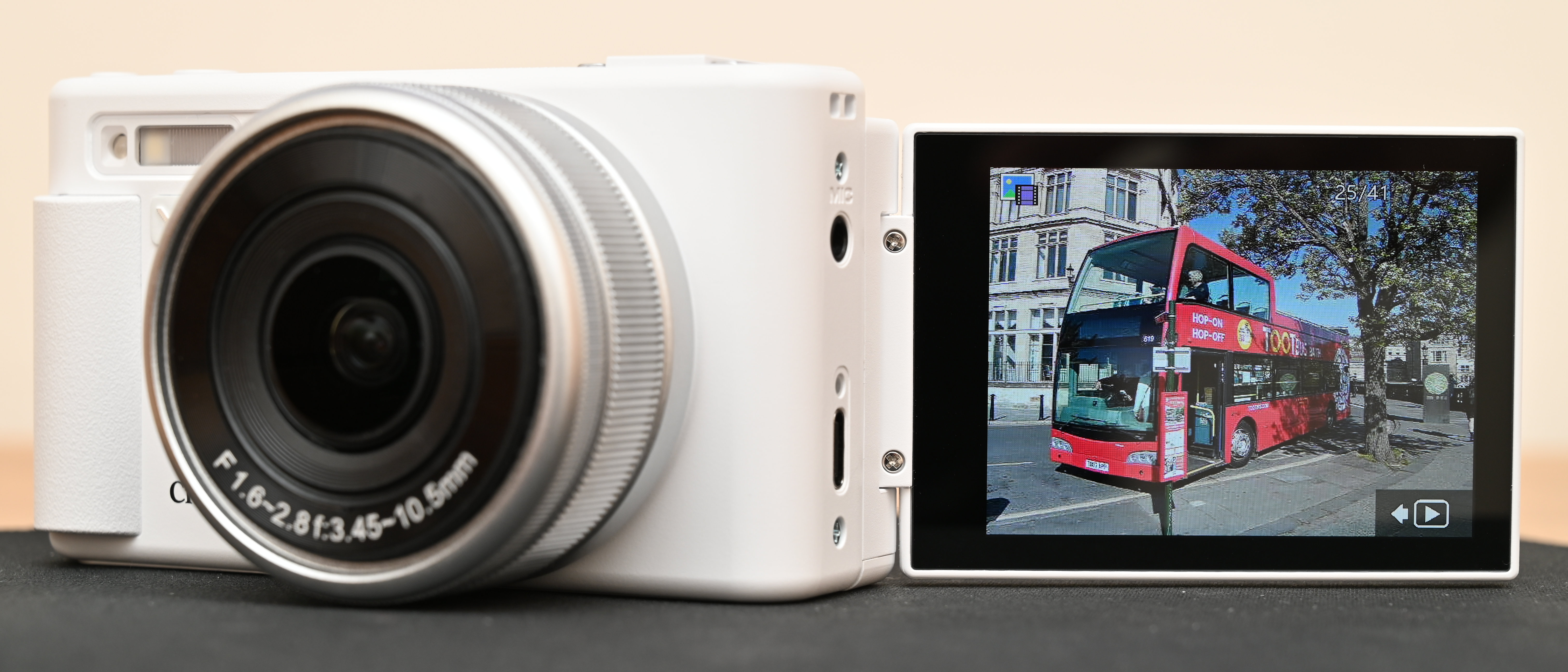Digital Camera World Verdict
The Godox X3 (formerly known as Xnano, and sold in some places as the Flashpoint R2 Nano) is an excellent choice for any photographer who has invested in Godox’s extensive flash equipment, offering powerful flash management, in an easy-to-use and incredibly compact form factor. At a fraction of the size of the Godox XPro trigger, it offers the option to slim down kit bags further and save unnecessary bulk on your hot shoe. The touchscreen adds a new way to interact for quick changes to flash power, although it can be a little fiddly to make micro-adjustments. Overall, the X3 has found a permanent place in my flash setup.
Pros
- +
Reliable 2.4GHz wireless transmission
- +
TTL, Manual, and Multi Flash modes
- +
High-Speed Sync up to 1/8000s
- +
Compact and portable design with excellent interface
Cons
- -
Touch screen can be fiddly and oversensitive
- -
Advanced features take a bit of menu exploration
- -
Screen could be very susceptible to damage
Why you can trust Digital Camera World
Flash triggers are usually not the sexiest bit of photography equipment to talk about, often taking the form of a chunky plastic box with clunky buttons and maybe a TFT screen. But Godox has somehow managed to design a new flash trigger that actually has me excited.
The Godox X3, previously known as the Xnano before a marketing switcheroo, is a compact wireless flash trigger designed to offer the same reliable performance that Godox’s previous triggers are known for in a much smaller package. The X3 is compatible with the wide range of Godox flash units that use Godox’s long-established wireless protocols and comes in the usual range of camera-compatible versions for Canon, Nikon, Sony, Fujifilm, and OM/Panasonic. The trigger is also found sold under Adorama's Flashpoint range in the US, as the Flashpoint R2 Nano.
One of the standout aspects of the Godox X3 is its 2.4GHz wireless transmission system with long-range performance, supporting communication up to 100 meters, making it ideal for both inside and outside environments. Additionally, the X3 provides flexibility with its TTL (Through-The-Lens) automatic exposure, manual settings for precision control, and multi-flash mode for creative strobe effects.
High-Speed Sync (HSS) up to 1/8000s allows for fast shutter speeds, this is particularly useful for freezing action shots or shooting in bright conditions while maintaining a shallow depth of field.
On paper, its specs sound like a winner, but with a brand new design and interface, what is the Godox X3 actually like to use?
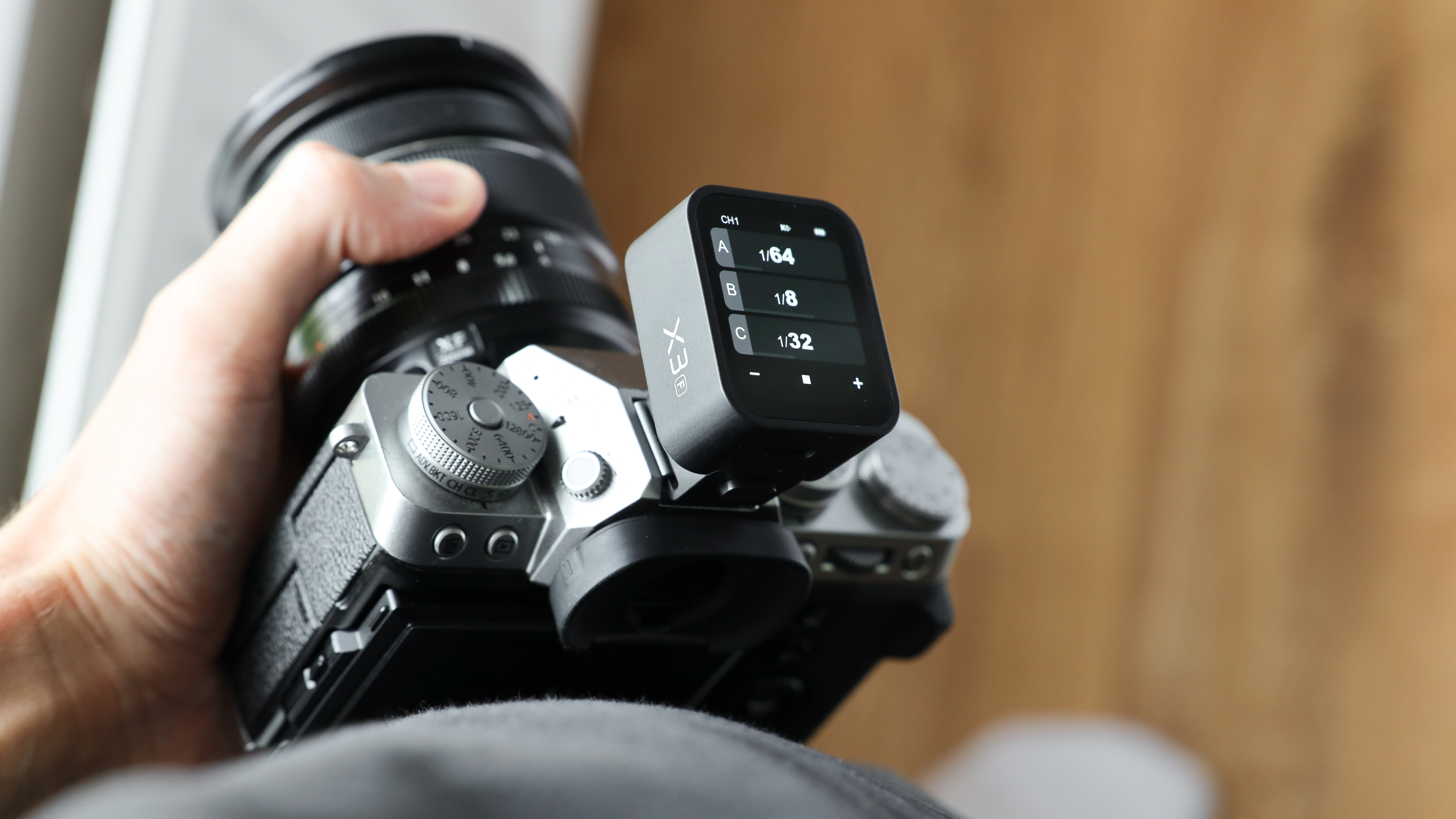
Godox X3: Specifications
| Compatible cameras | Canon EOS cameras(E-TTLII autoflash) Nikon cameras (i-TTL autoflash) Sony cameras (TTL autoflash) Fujifilm cameras (TTL autoflash) OM SYSTEM cameras (TTL autoflash) |
| Power | Built-in Lithium Battery, 850mAh |
| Charging Time | 2h |
| Standby Time | 7 days |
| Flash modes supported | TTL Auto Flash, Manual Flash, Multi Flash, High Speed Sync, Front Curtain Sync, Rear Curtain Sync |
| Flash Exposure Compensation | +3EV (exposure value) , adjustable in 1/3 EV increment |
| Transmission Range (approx.) | 0-100m |
| Built-in Wireless | 2.4GHz |
| Channels / Groups | 32 / A-F, 0-9 |
| Wireless ID | 0FF/01-99 |
| Size | 1.61 x 1.85 x 1.54 in |
| Weight | 48g |
Godox X3: Price
When looking at the more affordable end of the flash market where Godox sits, the Godox X3 is priced competitively against rival flash triggers, however, its design, build, and interface are much closer to high-end flash systems, so I would argue it offers exceptional value for money when compared to anything similar from Profoto or Elinchrom.
There are some slight variations in price depending on different sellers and which camera system you use, but the X3 costs around $89 / £82 / AU$145 at the time of writing. However, this does make it the joint most expensive flash trigger Godox makes. The Godox XPro II trigger is a slightly more feature-rich trigger, and at the time of writing costs $89 / £90 / AU$142, but with a stark difference in size compared to the X3. The X1 is almost one-third of the price, although with far less control, and a basic design.
Godox X3: Design & Handling
I had seen images of the X3 before I received it, so had some expectations of its size, but I was still immediately taken aback by how remarkably small the Godox X3 was. I have never used a flash trigger this small before without having to make big sacrifices to manual flash control. Next to the Godox X2T (my current flash trigger) the X3 is just a huge step forward. Atop my camera’s hot shoe, the X3 was barely noticeable when carrying my camera around. I was shooting with the Fujifilm X-T5, which is usually dwarfed by big Godox flash triggers, but the X3 looked at home.
When not on the camera the X3 also has the benefit of taking up less space in my kit bag, although after slipping the X3 into its included protective case, this saving was only marginal. I don’t tend to put my X2 trigger in any protective case as it feels robust enough to take a beating, but this isn’t something I can say for the X3, as the large touch screen makes me more cautious about its robustness long-term.
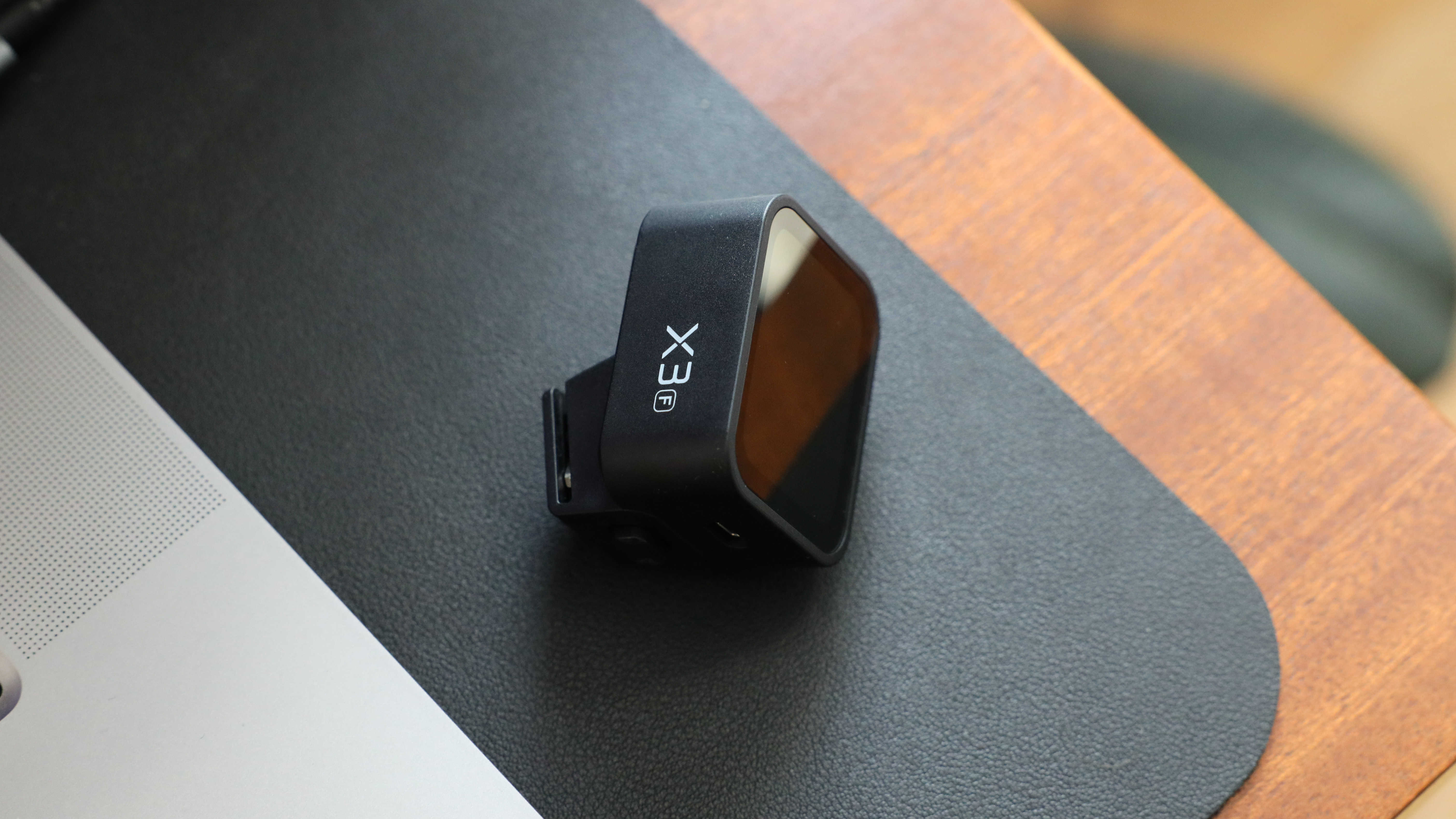
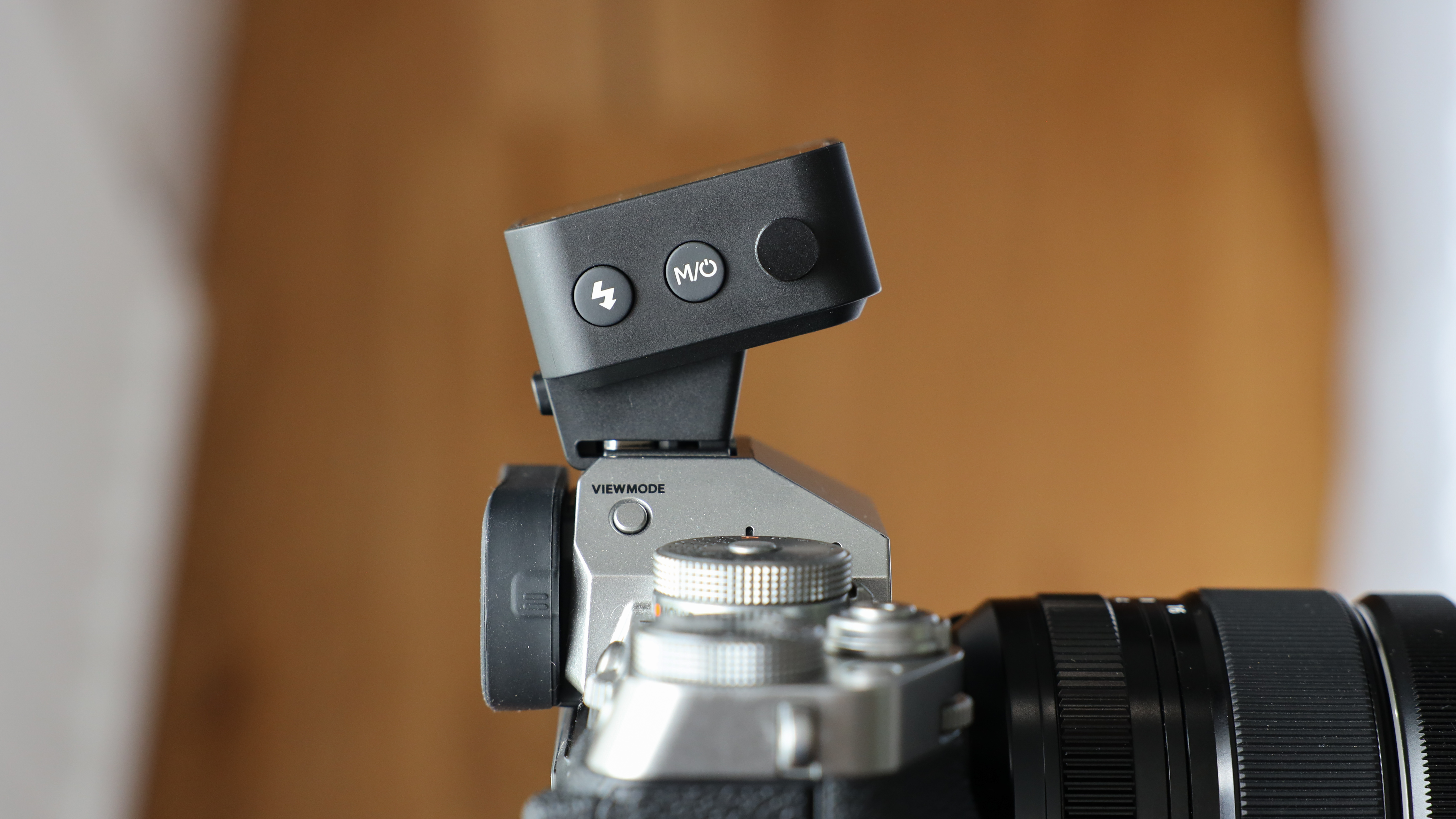
I can’t find any fault with the design of the X3 though, it has a really nice minimal look to it, the materials used are top-notch, and the screen itself is really stunning to look at with deep blacks and excellent clarity. The X3 feels far more premium than its price tag would suggest. If it didn’t have Godox printed on the side then I might assume this had come from Profoto’s design team.
The interface is user-friendly and very intuitive, with a clear OLED touchscreen displaying the settings and easy-to-navigate controls. If you prefer there is also a dial on the side to navigate menus, akin to the crown on an Apple Watch. There are a few swipe gestures that you have to memorize to get deeper into the settings menu, although nothing is more than two or three menus deep, although some larger triggers do have buttons that are faster to use.
The size of the X3 does have a slight drawback for those with large or clumsy fingers, and I did find it difficult on occasion to precisely drag the power settings, instead opting to use the dial or tap the +/- buttons on the screen instead. I did also find that I registered the occasional unwanted tap on the screen, but the screen can be locked to prevent this if your settings are not going to change regularly.
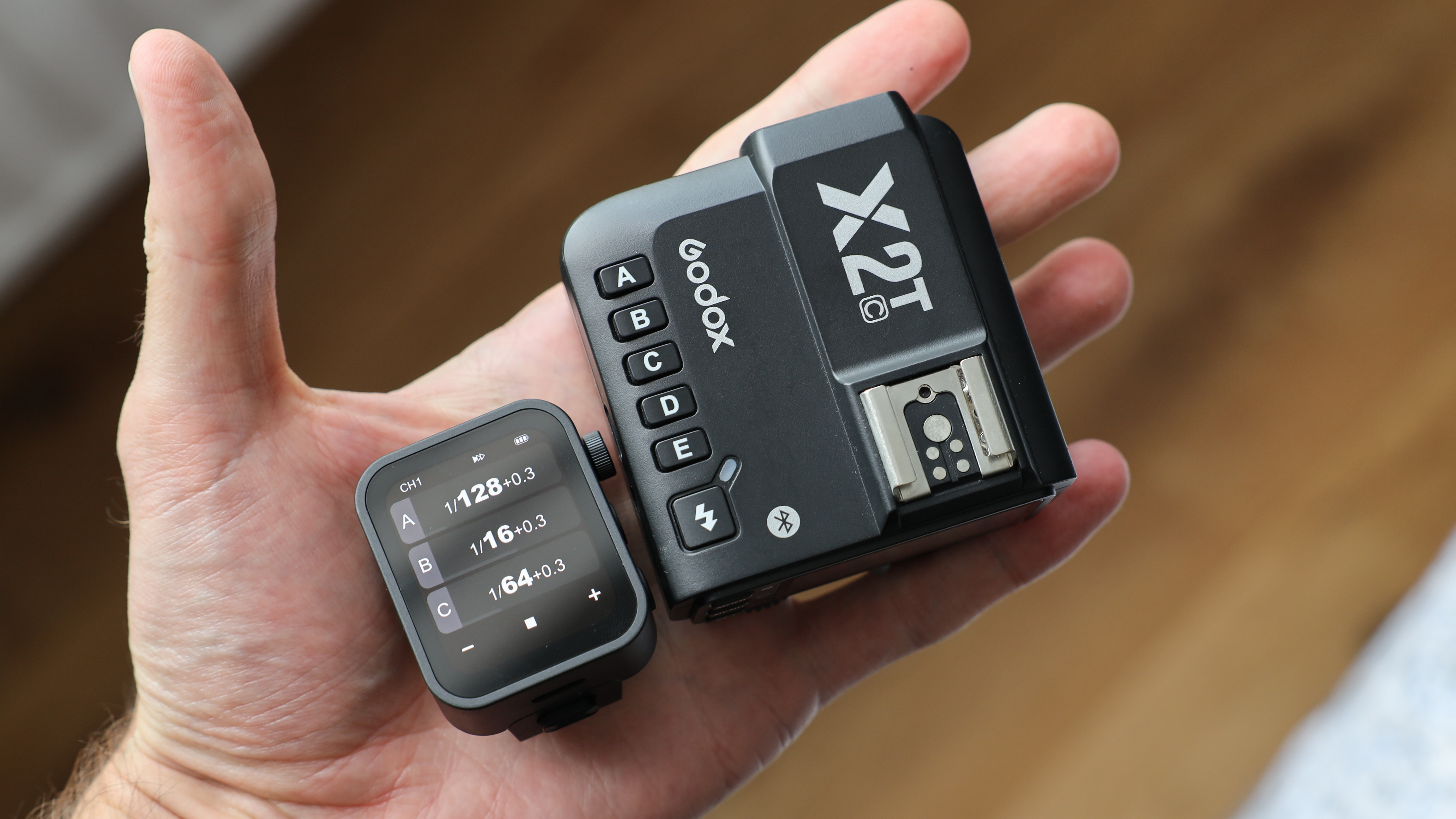
Godox X3: Performance
In terms of performance, the X3 delivers consistent and reliable results. The wireless communication is stable, the X3 is incredibly easy to set up with different groups, as well as locking in IDs, and the trigger responds quickly to commands. I tried the X3 with as many different flash setups as I could think of (with the three flash heads I had available), and for individual or group controls the X3 kept everything perfectly in sync.
I am a bit of a lighting perfectionist and I usually shoot in manual mode, but the X3’s TTL mode provided accurate exposures in my testing in my studio when combined with the TTL in my Fujifilm camera.
The X3 has a built-in battery and charges via USB-C, which has saved me from the tyranny of having to carry spare AA batteries and a bulky AA battery charger. The battery is exceptional, I have shot for hours and hours and the battery is still going, I would not be concerned at all about the battery lasting through a full day even in an intensive studio shoot.
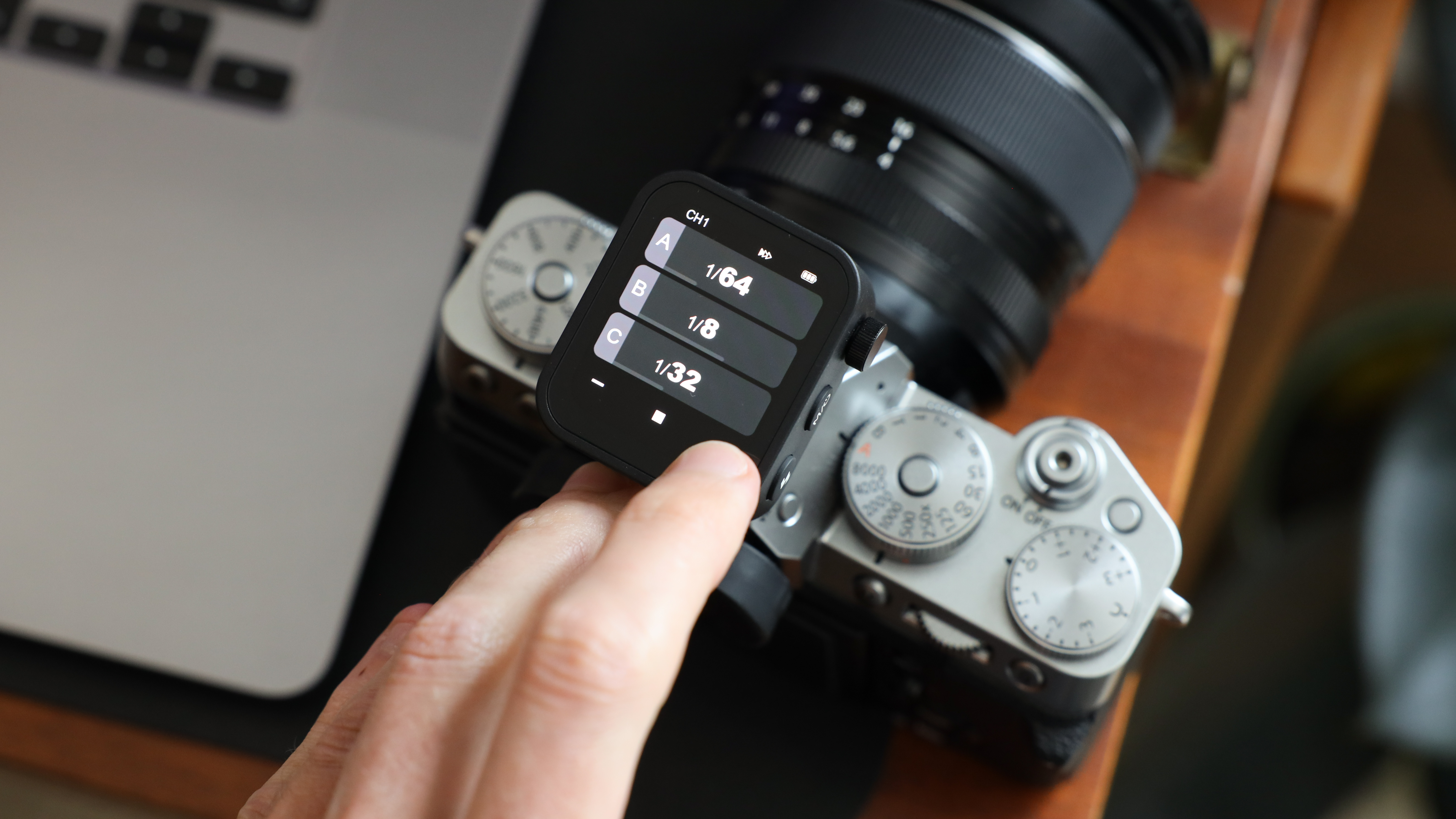
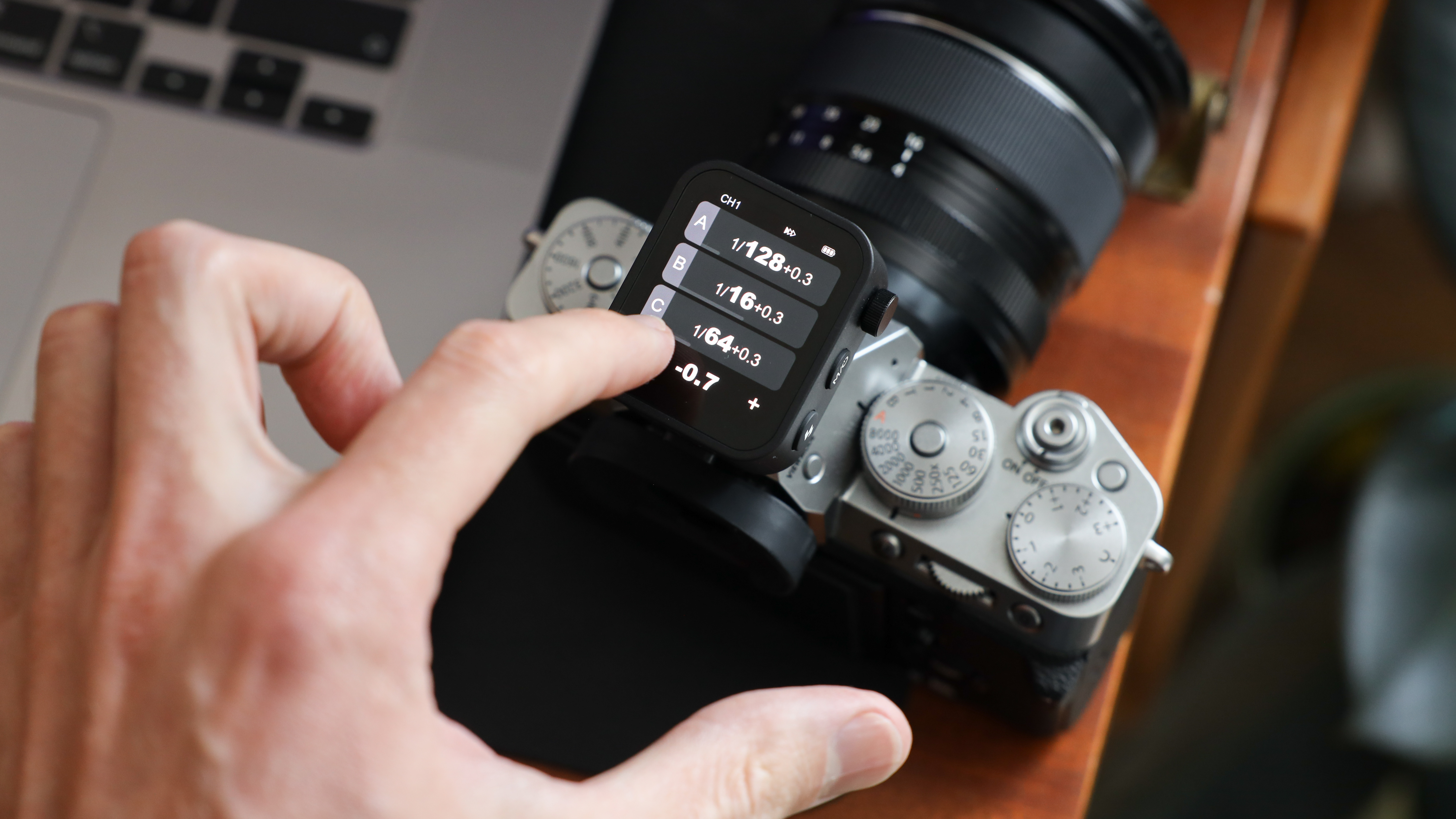
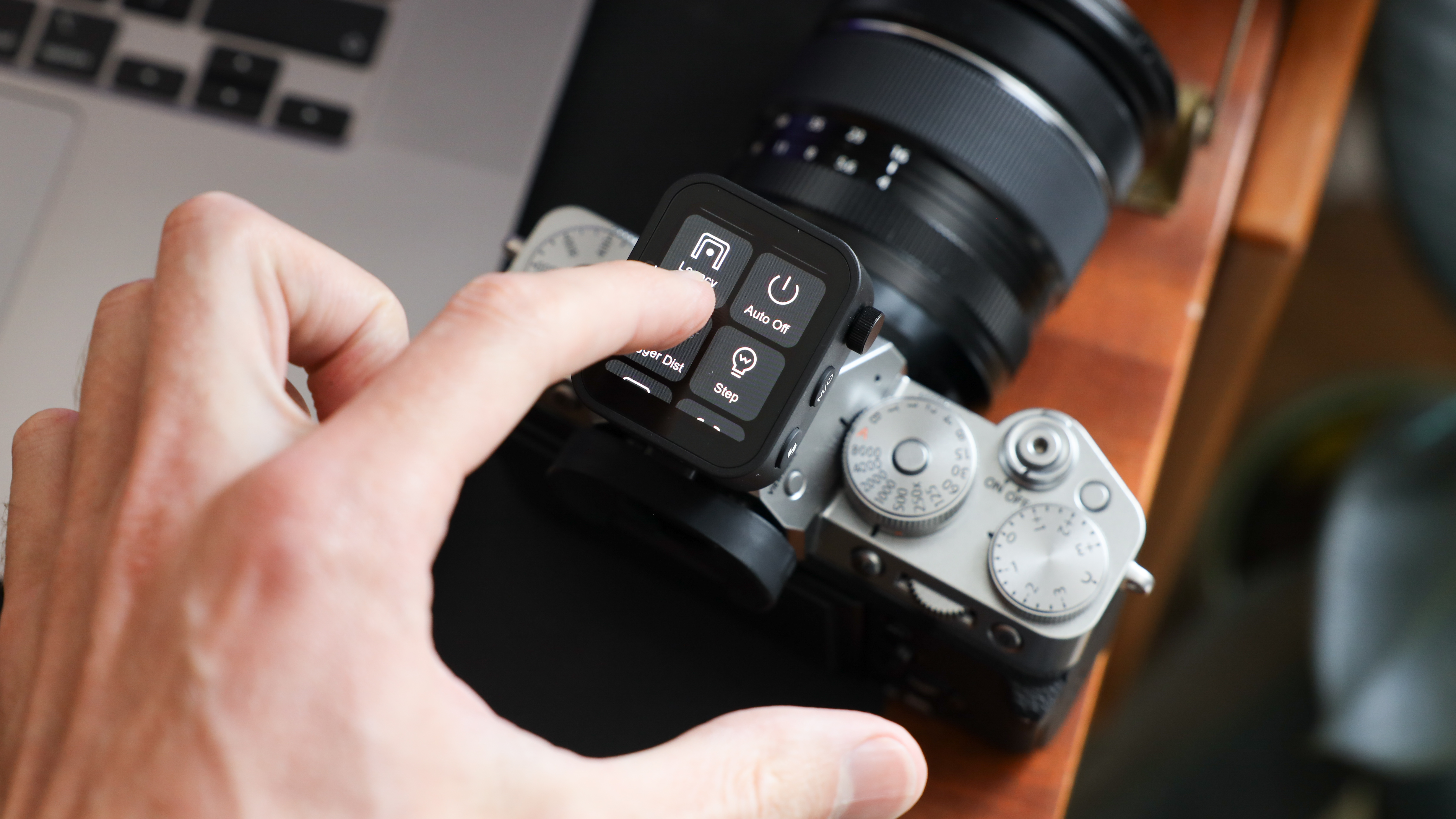
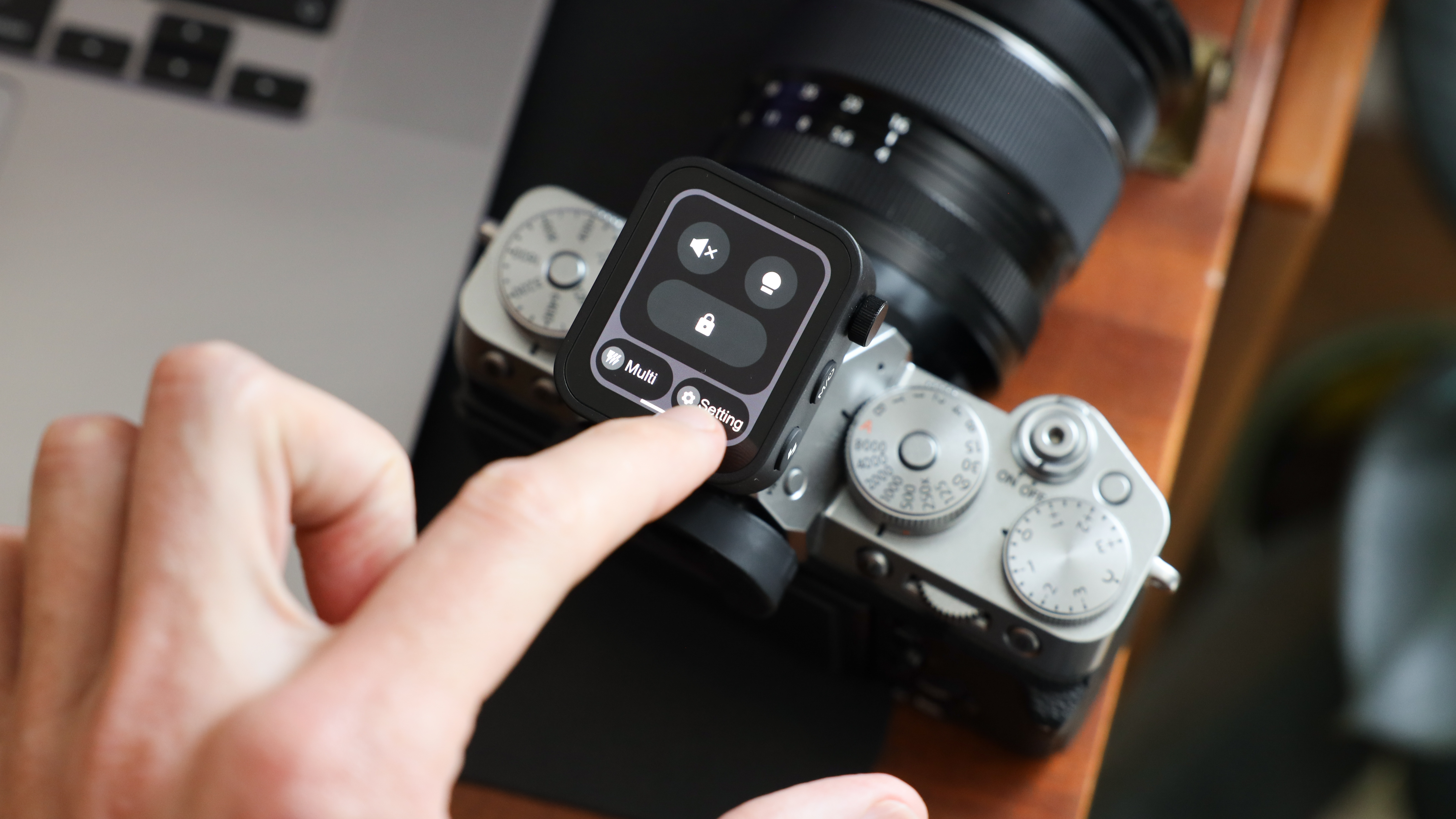
Godox X3: Verdict
Photographers who have invested in Godox’s extensive flash equipment will find the Godox X3 (formerly known as Xnano) to be an excellent choice. This device offers powerful flash management in an easy-to-use, incredibly compact form factor. Its size is a fraction of the Godox XPro trigger, allowing photographers to slim down their kit bags and avoid unnecessary bulk on their hot shoes. A standout feature is the touchscreen, which facilitates quick changes to flash power, although it can be a bit fiddly for micro-adjustments. Despite this minor drawback, the X3 will certainly become a permanent fixture in my flash setup.
| Features | All the features of Godox’s larger triggers, but more compact with an easy to navigate interface. Supports TTL, HSS, groups and more. | ★★★★★ |
| Design | Excellent design and build quality beyond its price tag. Screen is stunning and the interface is clean and very easy to navigate. | ★★★★★ |
| Performance | Solid wireless connection with quick sync to all flashes, built in battery also keeps going all day. | ★★★★★ |
| Value | There are cheaper Godox wireless triggers, but none as small or nicely designed as this, the X3 is worth every penny. | ★★★★★ |
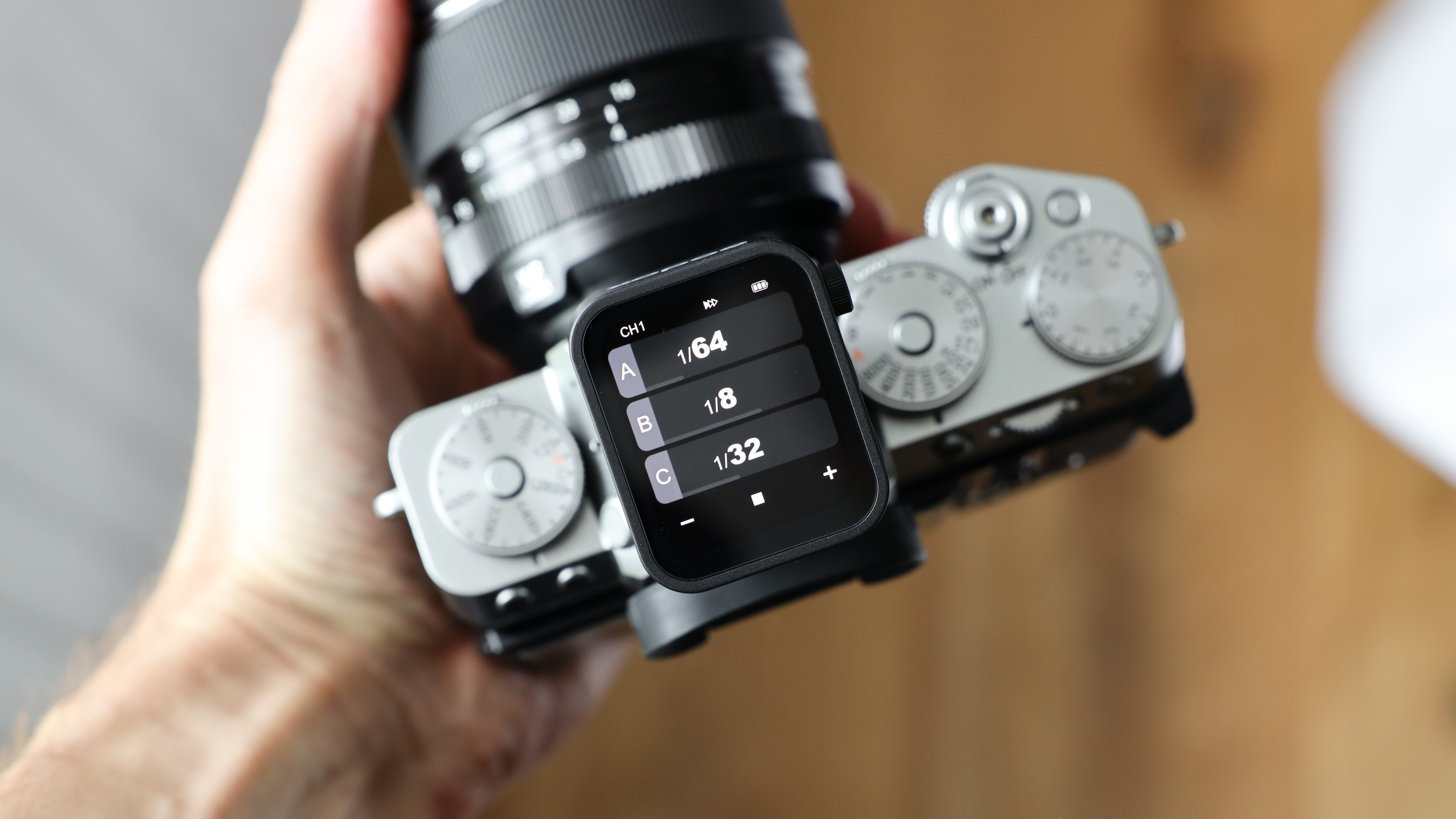
✅ Buy it...
- If you want a trigger with all the power of Godox’s wireless system but in a very compact form.
- If you are new to wireless flash, then the X3 has a very user-friendly interface that is easy to follow and learn with.
🚫 Don't buy it...
- If you prefer tactile manual controls over a touchscreen interface
- If you want to use the trigger in extreme conditions I have some reservations over its robustness

Gareth is a photographer based in London, working as a freelance photographer and videographer for the past several years, having the privilege to shoot for some household names. With work focusing on fashion, portrait and lifestyle content creation, he has developed a range of skills covering everything from editorial shoots to social media videos. Outside of work, he has a personal passion for travel and nature photography, with a devotion to sustainability and environmental causes.

